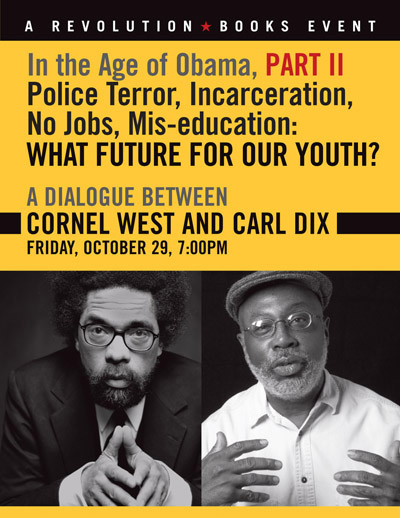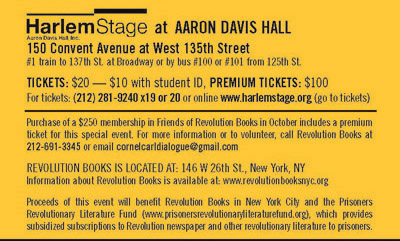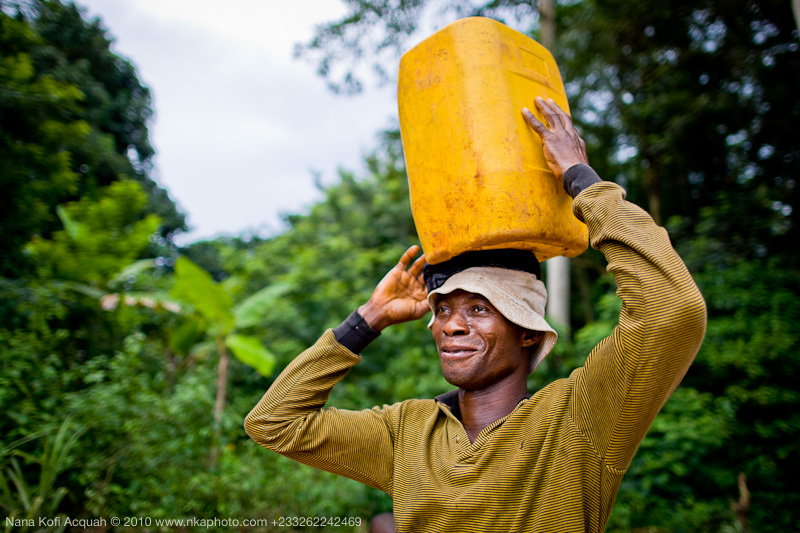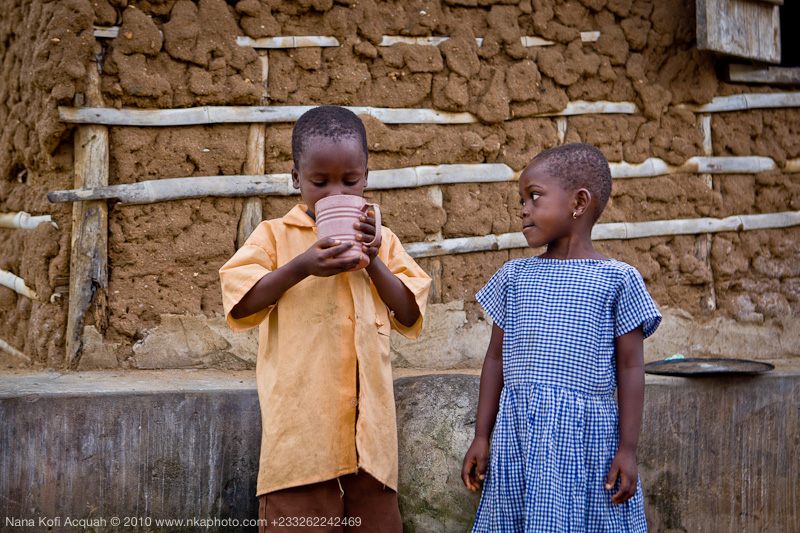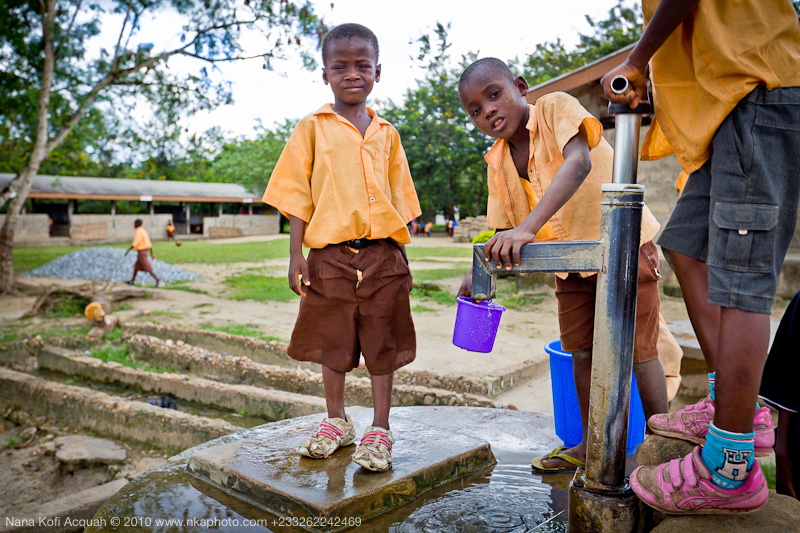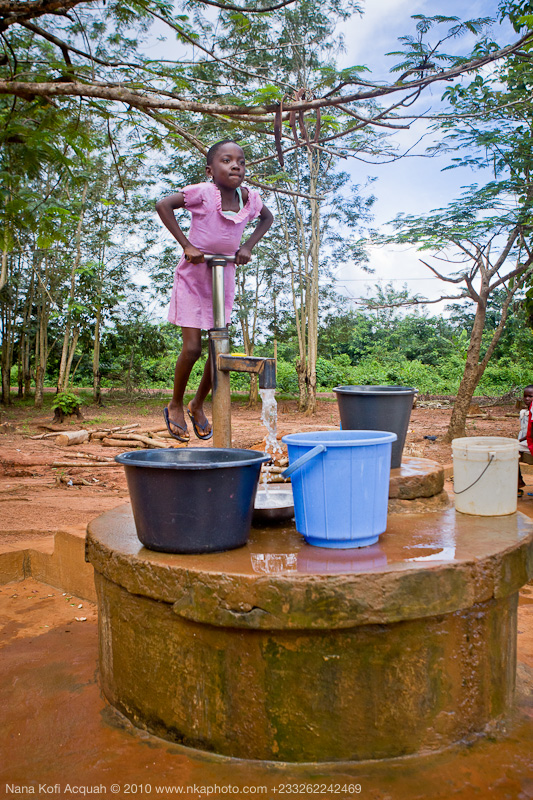Dan Morgan, Santiago, Chile, published by Portside October 15, 2010.
After the 5th of August, for 17 days the whole country held its breath, hoping that 33 miners trapped in the San José mine would be found, and found alive. Nothing was certain. As the test boreholes advanced, so did the horror at the scandalous news that emerged, day by day, of the criminal negligence that led to the disaster. For this was no accident, it was a disaster waiting to happen.
Now they have all been rescued, in good condition, and the news coverage was of the most trivial kind. President Sebastián Piñera has had a field day, luckily he was there to greet the men before he left on a European tour, and his government has avoided any blame for the scandalous, probably corrupt, lack of regulation of this dangerous mine.
The relief when the men were found alive was wonderful. Quickly, resources were mobilised to establish communication, and good supplies of food, clean water and advice, through the 15cm. diameter borehole. TV commentators, and the nation's president, made belittling, condescending remarks about the shift of 33 men in the San José mine. Worries that they might have lapsed into depressed apathy, or become 'dispersed', revealed a complete lack of knowledge of the working class (and especially of underground miners, who depend on each other daily for survival).
Even though this obviously dangerous mine had a high turnover of workers, they of course organised themselves, eating a tiny ration of food every 48 hours, so that it lasted 12 days, in humid, hot conditions.
On contact, their first question was about one of the collective who had left with a truck-load of mineral just before the roof-fall. He got out in time, and the trapped men gave a great cheer when they heard this.
The list of scandals is too long to give completely, but the main ones are:
* The company involved, a 'medium' sized one, has had a chain of accidents in the three mines it operated in the area, starting in 2001. They include 3 fatalities, 2 in the San José mine itself which is subject to rockbursts, not just roof falls.
* Two miners have lost legs, one on July 3rd this year. A car-sized block of rock fell, and the miner considers himself 'lucky' because he was not killed. Work was suspended for a few days after this accident but the local health ministry authorised work to re- start. The Labour Inspectorate reported on the 9th July, but the Minister says their report was delivered only on August 6th, the day after the disaster.
* The Safety Consultant employed by the mine resigned 6 months ago, in frustration at the violations of safety standards. He spoke of roof bolts that should have been 3 metres long, with 1 meter spacing but were only 2.5 metres long and with 2 metre spacing and no roof mesh, among other factors.
* The government inspection body, SERNAGEOMIN (National Service of Geology and Mining), closed the mine twice, partially in 2006, and, after a fatal accident in 2007, definitively. The ex Regional Director of the service has said that the mine "should never have re-opened" due to the uncontrollable explosions of rock that caused the fatality.
* After he left the post (why? we know not), the acting Deputy Director of the service (only in that post for 2 weeks, while his superior was away) gave permission to re-open the mine in May 2008. He did this *without reading the reports on the mine*, because his superiors told him to!! The permission was given conditionally, after the owners gave commitments to improve ventilation, gates and *escape routes*. These commitments were never carried out, and no inspections were made to verify them.
* SERNAGEOMIN is not primarily a safety inspectorate. It was given responsibility for safety, displacing the Labour Inspectors who work in all other industries, under Pinochet's dictatorship. It has 16 inspectors for 8,000 mines, and just 2 for the 2,000 in this desert Atacama region.
* Political pressures to allow the re-opening of the mine in 2008 have been hinted at but details have not yet emerged.
* The owners promised to ladder the ventilation shaft (which is like a big chimney) but never did so. The trapped miners could have climbed out, in the first 48 hours, but had no ladders to do so. This shaft is now blocked, as is the main tunnel, by a piece of rock as big as a football pitch and about 35 metres high.
* These same owners were given a prize in 2004 for their "Contribution to Mining" by the National Society of Mine Owners, SONAMI.
The political dividends of the rescue process have been great for the government; Piñera has visited several times, and the Ministers for Mining Lawrence Golborne (previously a supermarket chain manager) and Health, Mañalich have been frequent visitors. News of the first contact was delayed until Piñera could arrive to give it, turning it into a media show. He has promised to punish any guilty parties, and has sacked three officials of SERNAGEOMIN, including its director. He also named a commission to propose improvements in labour safety, but with no trade union members of course. Composed of 'experts', many with strong links to employers' organisations, we will not expect any controls that will interfere 'too much' with the great profit motive.
The Interior Minister has now said that there will be no more accidents due to safety norms being ignored! We can only hope that this will be the case.
*The Owners*
The mine was owned by a Hungarian émigré for many years, and his son now owns it jointly with the General Manager. They both live in Santiago, 550 miles away but the 'Manager' deigns to visit once a week, usually. He is a former Unilever manager (obviously what is known in Britain as a 'Unilever bastard') noted for his arrogance, and ignorance of mining or safety standards. He has never spoken to the trade union president, or any of the workers. The other owner is seen maybe once every two weeks; he had taken a back seat since the manager was appointed a few years ago. They deny any wrong-doing, of any kind, and there is evidence that they are trying to move money out of the country, or to other people, to avoid paying compensation.
They had not made pension or health insurance payments for the workers for several months before the disaster, but Alejandro Bohn, the 'Manager' increased the capital in his personal investment company by over 500,000 pounds in January this year[1] .
Meanwhile, to attract workers to this dangerous mine, they were paid less than 600 pounds a month on average. The cost of living is perhaps half what it is in Britain but this is still a pittance for dusty, dangerous work. Many workers, though, are paid 130 pounds a month, the minimum wage, and even skilled workers often make only 3 or 4 hundred. This shows the class huge differences in Chile.
Mining
Mining, almost all copper mining, accounts for only 11% of GDP but 49% of exports[2] . Chile produces 35% of total world production of copper.
Of a population of 16 million, and a total workforce of 7.5 million, only 200,000 work in mining, most of them in big open-cast mines. Of the 4 big mines forming the state copper company, CODELCO, only one is underground.
As most new big copper deposits have been given away to foreign transnationals, CODELCO now only produces about 30% of the copper, and with recent high prices, BHP Billiton, Anglo-American, Xstrata and Rio Tinto made more profits both in 2007 and in 2008 than their total investment. Safety standards should be better in the big mines but a report of 27th August puts some doubt on this. The highly controversial Pascua Lama gold mine[3]recently started high in the Andes, owned by the Canadian transnational Barrick, had no refuge in its first tunnel, only day-time health cover, etc., etc. and a bulldozer recently turned over.
*Trade Unions*
Trade Unions in Chile have to be based on a company, so are usually small. Regional and national organisation has to be by way of federations. The small union of this company started action about safety back in 2004, presenting a 'legal protection' suit in the local courts, demanding both mines be closed permanently. No result. Six letters were sent to various authorities. No Action.
Traditionally, copper miners were the 'labour aristocracy' of Chile, relatively well-paid and with social benefits. In CODELCO paternalism partly persists but the new 'managerial' government has appointed a manager from BHP Billiton, the biggest mining company in the world, to shake it up and reduce costs. Worries are that he will prepare it for possible privatisation in whole or part. Workers' benefits are of course a prime target.
All the big mining companies, including CODELCO, have employed a 'divide and rule' strategy for the workforce, with a core of workers directly employed and with permanent contracts, and a large number of sub- contracted workers, at much lower wages.
So there are two main trade union organisations; one for the 'core' workers in CODELCO, now faced with battles to maintain their salaries and conditions, and a recently formed confederation of sub-contracted workers. This with leadership by the communist Cristian Cuevas, waged tough campaigns in the last three years to increase wages and try to force the companies like CODELCO, BHP, Anglo-American, Rio Tinto etc. to take responsibility for the sub-contractors' workers and ensure they are employed on the same conditions. The last government and parliament eventually passed a law which should have ensured this. So far, little has changed and more struggles will be necessary to enforce it.
In May this year sub-contracted miners struck at a major private mine, Collahuasi, in the Andes near Iquique. Police, and some reports say, troops, were sent in an army Hercules transport plane to evict them from their mining camp they had taken over, and 500 were sacked. At a recent employment fair in Santiago, a manager glibly announced that they had 350 vacancies!
*Safety*
In 2009 there were 191,000 recorded workplace accidents and 443 fatalities, compared with 285 murders (which, unlike the former, are always on the TV news). So every year work-related deaths are equivalent to February's earthquake and tsunami.
373 miners died in accidents in the last decade, and 31 so far this year. The mortality rate has fallen from 0.5% (!) in the '80s to 0.1% in 2009. In 2002, the President of the SONAMI that gave a prize to the owners of San José said: "The sector needs deregulation and more freedom....".
Aggravating the 'normal' greed of employers (and the 'normal' contempt for their workers shown by employers in Chile), another factor reducing safety standards is ideological: Even a government minister has spoken of being shocked at the 'excessive' concern for safety she found in the USA. "I leave some work for my guardian angel to do" she said. In a country where the more superstitious aspects of Catholicism are given great publicity in the mass media, they have effects at all levels of society. There was even talk of finding the miners being a 'miracle'. To his credit, the local bishop of Copiapó refuted this, and repeated the strong criticism he had made of the employers.
The slogan 'People Before Profits' often seems an abstract, vague one. Here is a case of blatant abuse of human life for profit, only possible in a culture where 'free enterprise' and 'creation of jobs (at any price)' come before everything else. The good news is that, despite the media painting Piñera as a saint for his good role in the rescue of the miners, the people are not buying it. In every sector of society people recognise that this businessmen´s government will not help them, and are beginning struggle of all kinds. Almost simultaneously with the miners, 34 indigenous Mapuches won big concessions for their struggle for land and rights, after their hunger strike. Trade unions in the public and private sectors, including the hard-hit salmon producers in the south, are taking action.
Dan Morgan, Santiago, Chile, October 2010.
------------------------------
[1] The rich in Chile usually have a personal company, into which their earnings are paid. Thus they are treated as a company, and not a person, and can avoid paying much tax. What they do pay is at 17%.
[2] Exports 38,000 mm (million) USD in 2008, of which 36,000 mm were of copper and by-products. Total exports of goods and services were 77,000 mm USD.
[3] It will destroy 2 glaciers, but only small ones, so why worry? Also, it will almost certainly produce serious contamination with arsenic, cyanide and/or mercury, used in gold mining, of a river used for all purposes by farming communities in one valley.
_____________________________________________
Portside aims to provide material of interest to people on the left that will help them to interpret the world and to change it.
Submit via email: moderator@portside.org Submit via the Web: portside.org/submit Frequently asked questions: portside.org/faq Subscribe: portside.org/subscribe Unsubscribe: portside.org/unsubscribe Account assistance: portside.org/contact Search the archives: portside.org/archive








